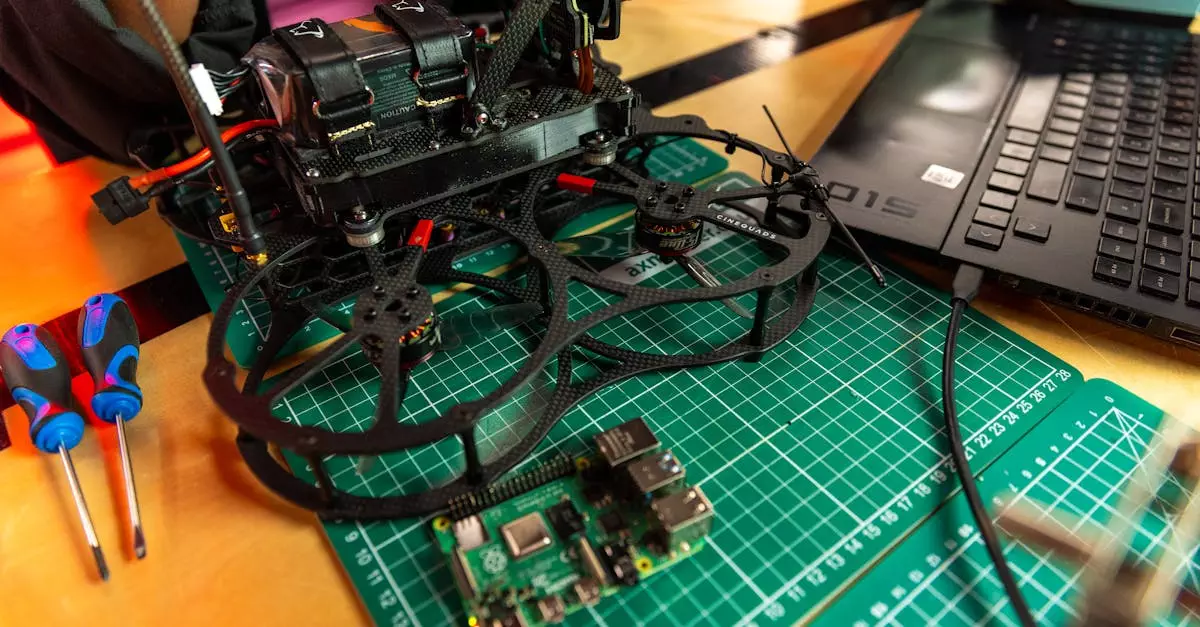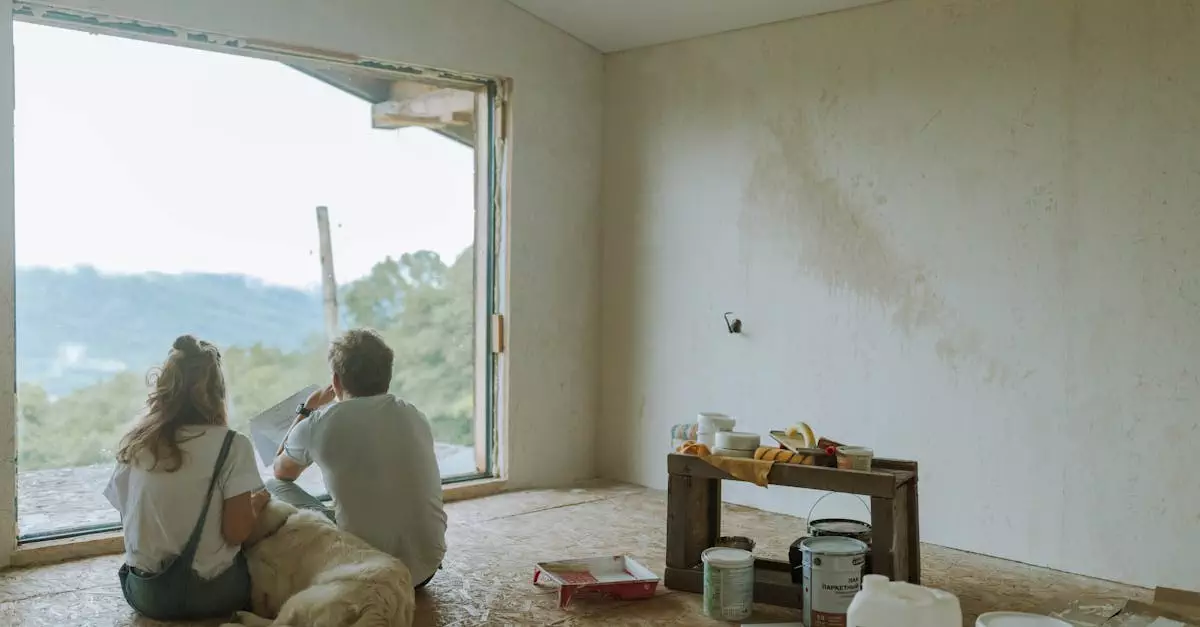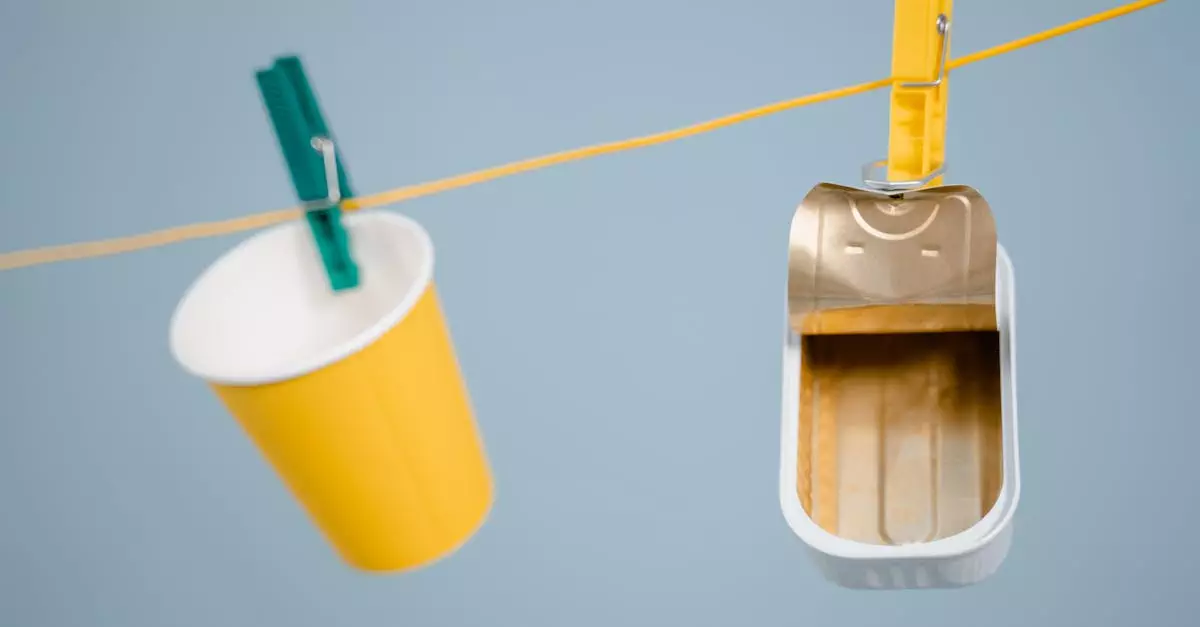How to Master DIY Heat Pump Installation in No Time
Thinking about tackling a DIY heat pump installation yourself? You’ve come to the right place! Mastering this task offers a fantastic way to boost your home’s energy efficiency and manage your heating and cooling more economically. Imagine the satisfaction of transforming your space with a cutting-edge, sustainable heating system that you installed with your own two hands. Plus, you’ll gain invaluable knowledge on home heating solutions that can save you money and help the environment.
Learn about essential components like refrigerant lines and mounting brackets, while also getting HVAC installation tips to make sure everything runs smoothly. Uncover the benefits of a split heat pump system and how it can control your home’s temperature more efficiently than traditional methods. This hands-on project will guide you in creating a more comfortable and eco-friendly home climate without the need for professional installation.
Ready to take on the challenge and make your home a haven of comfort and efficiency? Dive in now and discover how you can achieve expert-level results in no time!
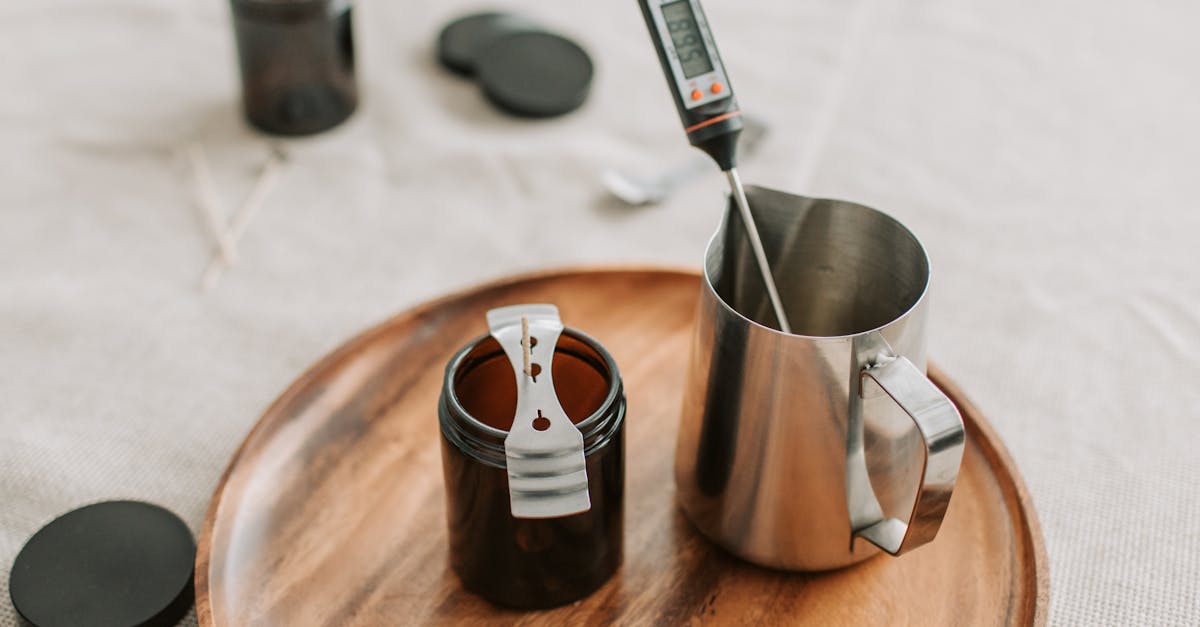
Photo provided by Vlada Karpovich on Pexels
Inside the article
- Understanding DIY Heat Pump Installation
- Energy-Efficient Heating Solutions
- Preparing Your Home for Installation
- Implementing HVAC Installation Tips
- Maintaining an Eco-Friendly HVAC System
- DIY Home Upgrades with Heat Pumps
- Home Temperature Control Techniques
- Optimizing Sustainable Heating Systems
- Exploring More HVAC Installation Tips
Understanding DIY Heat Pump Installation
When you decide on a DIY home upgrade like a heat pump installation, understanding the basics is the first step. You need a clear idea of the entire process. This includes knowing what tools you’ll need and where the best installation site is. This way, you can ensure everything runs smoothly.
Choosing the Right Tools
First, let’s talk about tools. You need to select the right tools for your DIY project. This is crucial for both safety and efficiency. Think about it as building a foundation. Without the right tools, your whole project might not go as planned. So, invest in quality tools that make the job easier and safer. If you’re unsure, you can always ask for advice from someone at your local hardware store. They’ll know just what you need.
Determining Site Location
Now, onto the site selection. It might seem simple, but choosing the perfect spot for your heat pump is vital. You should find a place that’s accessible and functional. It’s important to place it where it can perform optimally. Avoid areas that are prone to debris or obstruction. Look for a location with ample space and good airflow. Remember, where you place it can significantly impact its efficiency.
Reviewing Manufacturer Guidelines
Before diving into the installation, you must thoroughly read the manufacturer’s guidelines. This booklet is your best friend. It contains installation request information and instructions specific to your heat pump model. Skipping any steps could lead to mistakes or damage. The guidelines ensure you’re being safe and efficient. Follow every instruction strictly to avoid any issues down the line.

Photo provided by RDNE Stock project on Pexels
Energy-Efficient Heating Solutions
In today’s world, exploring energy-efficient heating solutions is not just a trend; it’s necessary. Heat pumps are one such sustainable option. They are designed to use less energy and provide excellent heating solutions for your home. By understanding how these systems work, you can significantly reduce your carbon footprint.
Understanding Heat Pump Benefits
Heat pumps offer many benefits. Aside from being energy-efficient, they help you save on costs. These systems contribute to a more sustainable heating system by using less electricity compared to traditional heating methods. Plus, they can make your home more comfortable by evenly distributing heat. The comfort and cost savings are hard to beat.
Eco-Friendly HVAC Options
It’s essential to choose eco-friendly HVAC systems. Not only do they reduce energy consumption, but they also lessen your environmental impact. These systems offer reduced carbon footprints and can work efficiently in different climates. When you select eco-friendly options, you’re making a positive contribution to the planet.
DIY Climate Control Advantages
By taking charge of your climate control, you gain more control over your home’s temperature. With a DIY climate control system, you can benefit from immediate energy savings. You can make easy adjustments to suit your needs. This means you enjoy the comfort of stable temperatures and save money at the same time.

Photo provided by Anna Shvets on Pexels
Preparing Your Home for Installation
Before starting your DIY heat pump installation, get your home ready. This step ensures the process goes smoothly and safely. Here’s a checklist to help you prepare:
- Clear the installation area.
- Check all electrical connections.
- Ensure proper ventilation in the space.
Pay attention to these safety checks to avoid any mishaps. Ensuring everything is in order helps you focus on the ongoing maintenance support post-installation.
Insulating Your Space
Proper insulation is key. It prevents heat loss and maximizes the heating benefits effectively. By insulating your space efficiently, you ensure that the warmth stays inside, keeping your home cozy throughout colder months. This simple step can significantly improve the overall efficiency of your home heating solutions.
Prepping HVAC Ductwork
Inspecting and cleaning your ducts is also important. Make sure there are no blockages that could hinder airflow. Clean ducts help your energy-efficient heating system work more effectively. This ensures warm air circulates properly throughout your home.

Photo provided by seyfi durmaz on Pexels
Implementing HVAC Installation Tips
Getting into the installation phase requires patience and attention to detail. These tips will help ensure you’re on the right path.
DIY Safety Precautions
Always prioritize safety measures. Wear protective gear, such as gloves and goggles, consistently throughout the installation process. This protects you from potential hazards and ensures you stay safe. Remember, safety should always come first in any DIY project.
Leveraging Professional Resources
Sometimes it’s beneficial to consult experts if necessary. They can offer valuable advice and ensure you have a smooth installation process. If you’re ever in doubt, don’t hesitate to reach out to professionals. They can help ensure everything is installed correctly and efficiently.
Starting Your Installation
When you’re ready to start installing, ensure you have clear instructions. Follow each step methodically. Don’t rush the process. Take your time to get each step right. Tackling this project with patience leads to successful heat pump installations.
Testing System Performance
After the installation, it’s time to verify the operation of your system. Check for any irregularities or issues. Make sure the system runs smoothly, maintaining a consistent temperature in your home. This final check ensures your system is performing as it should.

Photo provided by Jules Palmer on Pexels
Maintaining an Eco-Friendly HVAC System
Once your system is in place, maintaining it ensures it remains efficient and eco-friendly. Consistent upkeep is key.
Regular Maintenance Schedule
Setting a rigorous maintenance routine is important. This guarantees that your system performs consistently and doesn’t suffer from wear and tear. Regular maintenance helps avoid costly repairs down the line.
Cleaning Filters and Components
Regular cleaning ensures your system’s efficiency. Dust and debris can accumulate over time, affecting performance. Regularly cleaning filters and components prevents this buildup and keeps your system running smoothly. This simple task plays a huge part in keeping efficiency high.
Professional Inspection Benefits
Having professional inspections periodically can extend the life of your system. Experts can identify potential issues early, saving you from expensive fixes. These checks contribute to your system’s longevity and ensure it continues operating efficiently.

Photo provided by Mehmet Turgut Kirkgoz on Pexels
DIY Home Upgrades with Heat Pumps
Implementing smart upgrades in your home is a great way to boost comfort and functionality. Heat pumps can be a cost-effective modification that enhances your living space.
Cost-Effective Modifications
With heat pumps, you can save money with smart changes. They improve your home comfort quickly and efficiently. This means you enjoy cozy temperatures without breaking the bank.

Photo provided by Following NYC on Pexels
Home Temperature Control Techniques
Managing your home temperature efficiently is key to comfort. Here are some effective techniques to consider:
Smart Thermostat Integration
A smart thermostat is a valuable addition to your home. It allows for easy control over your heating and cooling systems. Integrating one can offer greater convenience and savings by adjusting settings automatically based on your schedule.
Customizing Temperature Settings
Being able to adjust settings as per your needs is essential. This customization enhances comfort and efficiency. You can set different temperatures for different times of the day, ensuring your home is always at the right temperature.
Zone-Based Temperature Control
Creating zones for personalized comfort is very effective. This method allows you to maximize efficiency and savings. By heating only the rooms you use the most, you save energy and reduce costs.
Balancing Indoor Humidity
Using humidifiers helps balance indoor humidity. Maintaining a comfortable atmosphere is important for your well-being. Proper humidity levels also help maintain healthy indoor air quality.
Monitoring System Usage
Track your system usage efficiently to spot areas for improvement. Monitoring helps ensure optimal energy usage and informs you of necessary adjustments. Keeping an eye on usage patterns can help you make informed decisions on how to improve your system’s performance.
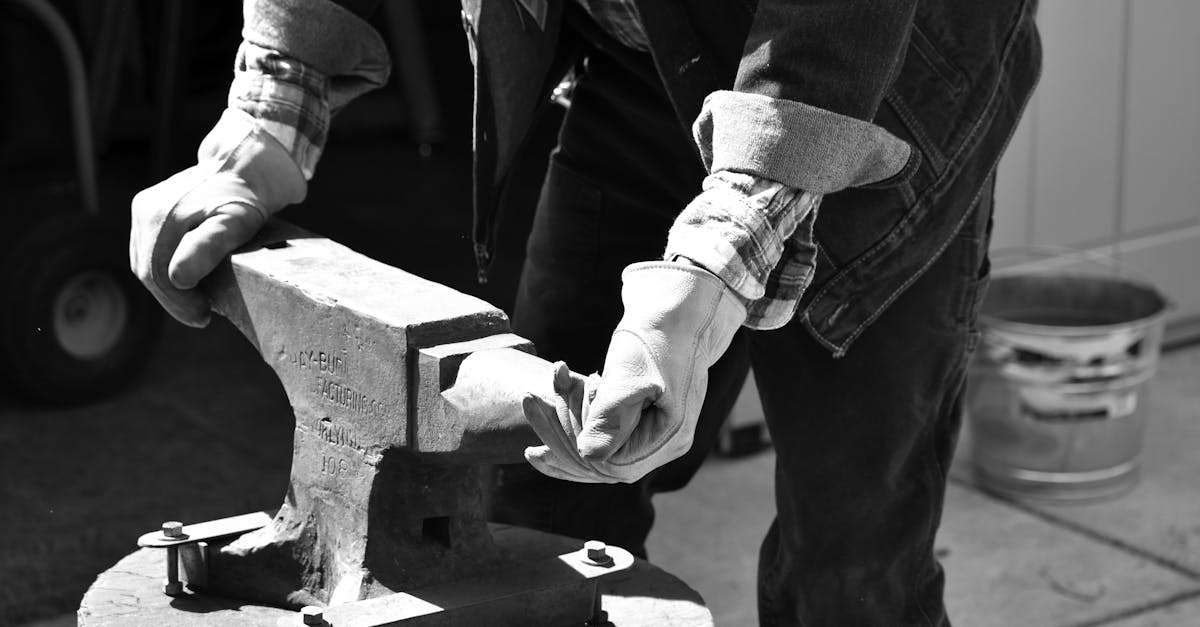
Photo provided by wr heustis on Pexels
Optimizing Sustainable Heating Systems
Optimizing your heating systems involves integrating renewable energy and enhancing system efficiency for future readiness.
Integrating Renewable Energy
Combining heat pumps with renewable energy sources can lead to significant savings. Using solar or wind energy in conjunction with your heat pump reduces reliance on traditional power sources, lowering bills and environmental impact.
Enhancing System Efficiency
Utilizing advanced systems is key to efficiency. These systems reduce waste and save energy, contributing to more sustainable home heating. Assessing your current system for upgrades can bring significant improvements.
Future-Proofing Home Heating
It’s wise to prepare for future needs effectively. Invest in adaptable technologies that can evolve with your home and demands. This way, you enjoy long-term cost savings and a system that grows with you.
Saving on Energy Bills
Implement energy-saving practices daily. Monitor your bills for reductions and adjust usage as needed. These practices result in meaningful savings over time.

Photo provided by Diego Ortiz on Pexels
Exploring More HVAC Installation Tips
Every DIY project teaches you something new. Learning from installation guides and experiences can make your next project even smoother. With each step you take, you become more skilled and confident in handling your home DIY endeavors.
Your DIY Journey Awaits
You now hold the power to transform your home into a cozy and energy-efficient haven. With the right tools and knowledge, you can save on energy costs and enjoy a comfortable environment. Remember, every step you take in enhancing your home brings you closer to a more sustainable lifestyle. Your efforts mean fewer energy bills and a smaller carbon footprint. This journey not only benefits your home but also the environment.
Ready to take the next steps? Start by gathering all your tools and materials. Check that you have everything you need before beginning. Review the installation instructions one more time to ensure clarity. If you’re unsure, consult a professional for guidance on specific tasks such as wiring or refrigerant handling. Investing time in preparation will make the process smoother and more enjoyable for you.
Don’t wait to create a more comfortable, efficient home. Begin your installation today and see the benefits firsthand. Take one step at a time and watch your efforts pay off. You have the skills and determination to complete this project. Now is the time to act and start making those changes you’ve been planning. Let’s get going and make your home the best it can be!
